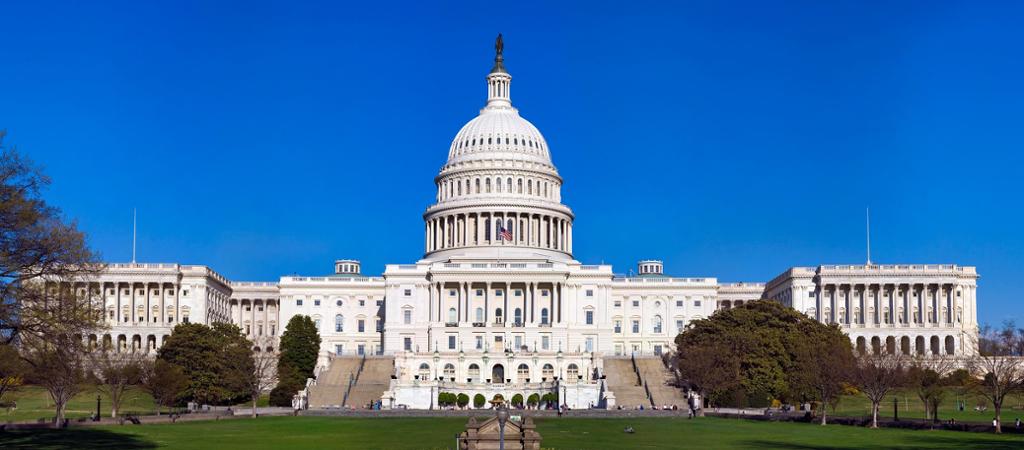Separation of powers in the United States of America

The president is elected by the people as a leader of their country. Since America is a super power, his position carries a great deal of influence around the world. The president is head of the executive branch. The executive branch governs the country and enforces laws. It includes the president, vice president, the Cabinet, and executive departments. The president also appoints people to a number of important offices. The president is often called "the most powerful man in the world", and while there is some truth to that, there are important limits to a president's power.
In order to be able to govern the country, the executive branch has to get approval for the budget. Only Congress can approve the budget. If the country is in a situation abroad where a war might happen, the president may threaten to go to war, but only Congress can declare war. The President may choose a candidate for the Supreme Court, but the candidate must be confirmed by the Senate.
If a president does something wrong he may be impeached. If this is to happen the House of Representatives must first vote to agree that an impeachment trial is to be held. At the trial the Chief Justice of the Supreme Court presides, and a two thirds majority vote in the Senate is required to convict. If convicted the president will no longer be president. Only three US presidents have been impeached, but none have been convicted. President Trump is the only president to have been impeached twice.
The US government is designed so that decisions that get made get checked. It is divided into three 'branches': the Executive branch, the Legislative branch and the Judicial branch. Each branch has its own tasks. By dividing the power in three, no single branch can do anything without the approval or 'check' of at least one of the other two. This system is called "check and balance". This system provides citizens with the comfort that actions and decisions - even declaring war - will be discussed, debated and properly approved by the elected officials.
The three branches form a triangle. They are connected but have their separate corners. The Executive Branch includes the President and his Cabinet. Their main role is administrative. The Legislative Branch is the Congress which is made up of elected Senators and Representatives and their main function is to make laws. The Judicial Branch is the Supreme Court and District Courts. They have the responsibility of making sure that decisions and laws are constitutional.
Reading Diagrams
Study the 3 diagrams and then try the interactive tasks in the link collection.
What reasons did the Founding Fathers of the Constitution have in creating three branches
of government?
Writing
Write one paragraph in which you explain the term "checks and balances".
Extra
In the link collection you will find a video clip, "A Promise of Freedom" produced by the
US Government, which focuses on the history and founding of the US nation. It presents the important rights and responsibilities of US citizenship.
Relatert innhold
To understand the division of powers between the executive, legislative and judicial branches of government, one must know the term: checks and balances.
Links related to the article Checks and Balances easy.